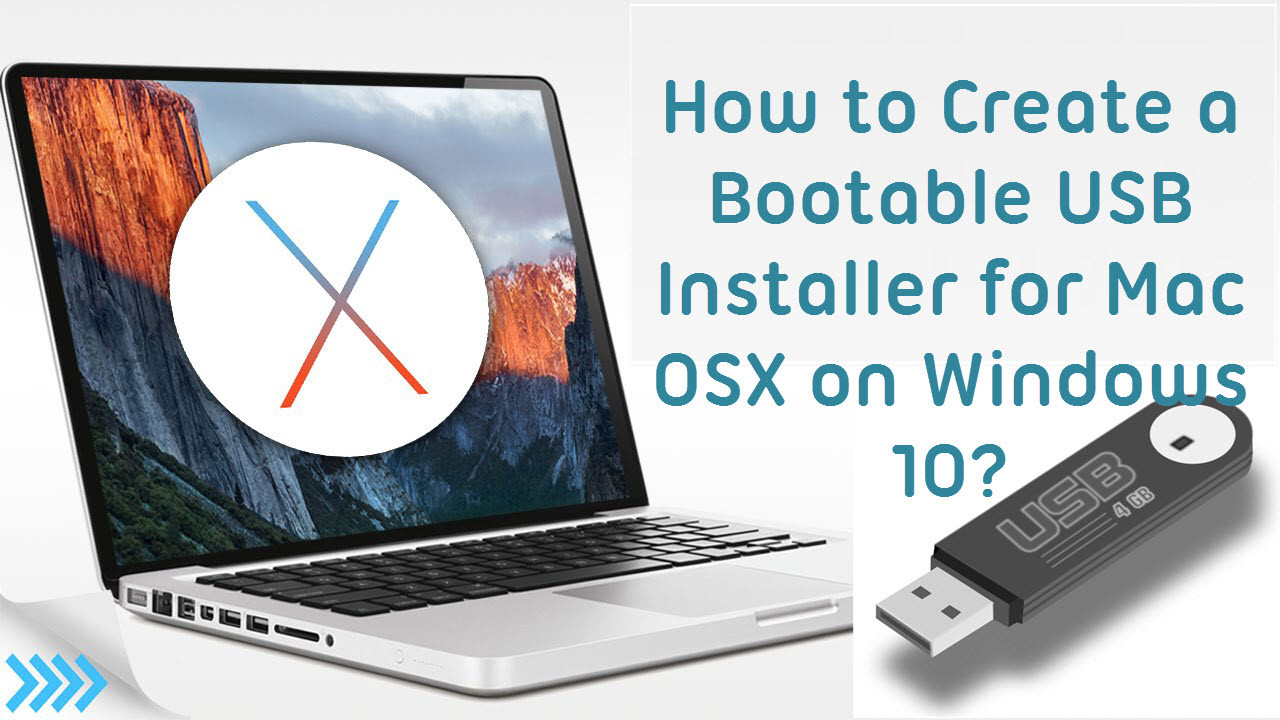

- RENAME INSTALL USB COMMAND FOR MAC TONYMAC HOW TO
- RENAME INSTALL USB COMMAND FOR MAC TONYMAC UPDATE
- RENAME INSTALL USB COMMAND FOR MAC TONYMAC DOWNLOAD
It is convenient to keep this disc close at hand just in case. You can now use this installation disc to easily install macOS Monterey on any Mac you can use. Step 6: Gently remove the USB drive when the progress bar reaches 100%. Step 5: You may be asked to enter your Mac's password, so you will need to enter it. Step 4: Press the return key on your keyboard. Sudo /Applications/Install\macOS\Monterey.app/Contents/Resources/createinstallmedia -volume /Volumes/Untitled -nointeraction Step 3: Enter the following command exactly as shown below: Step 2: By following the prerequisites correctly, you should be able to launch Terminal smoothly.

Connect your USB storage device to the USB port on your Mac. Make sure you name your USB drive “Untitled”.
RENAME INSTALL USB COMMAND FOR MAC TONYMAC DOWNLOAD
RENAME INSTALL USB COMMAND FOR MAC TONYMAC UPDATE
However, if you want to perform a direct and quick installation of an update on a compatible Mac, and you choose to do so using a USB installation disk, then you've come to the right place.īefore starting the installation, you need to: Plus, you can simply download and install the entire update over the air without connecting a single cable or USB stick Apple's Internet Recovery feature is great on Mac. The macOS Monterey USB install disc sounds primitive and you probably would have used it in the 90s. Create a Bootable MacOS Monterey USB Installation Disc to clean install the latest Apple OS for Mac This disk can simply be used for a clean install of the OS.
RENAME INSTALL USB COMMAND FOR MAC TONYMAC HOW TO
Today we are going to walk you through the process, showing you step-by-step how to create a USB installation disk for macOS Monterey. These two items can be determined simply by running the lsusb command alone, as discussed above.1295 How to create a bootable USB installer for macOS Monterey To display a specific USB device, you need to know two things about the device: its bus number and its device number. In the examples given below, you will learn more about the usage of these options.


 0 kommentar(er)
0 kommentar(er)
